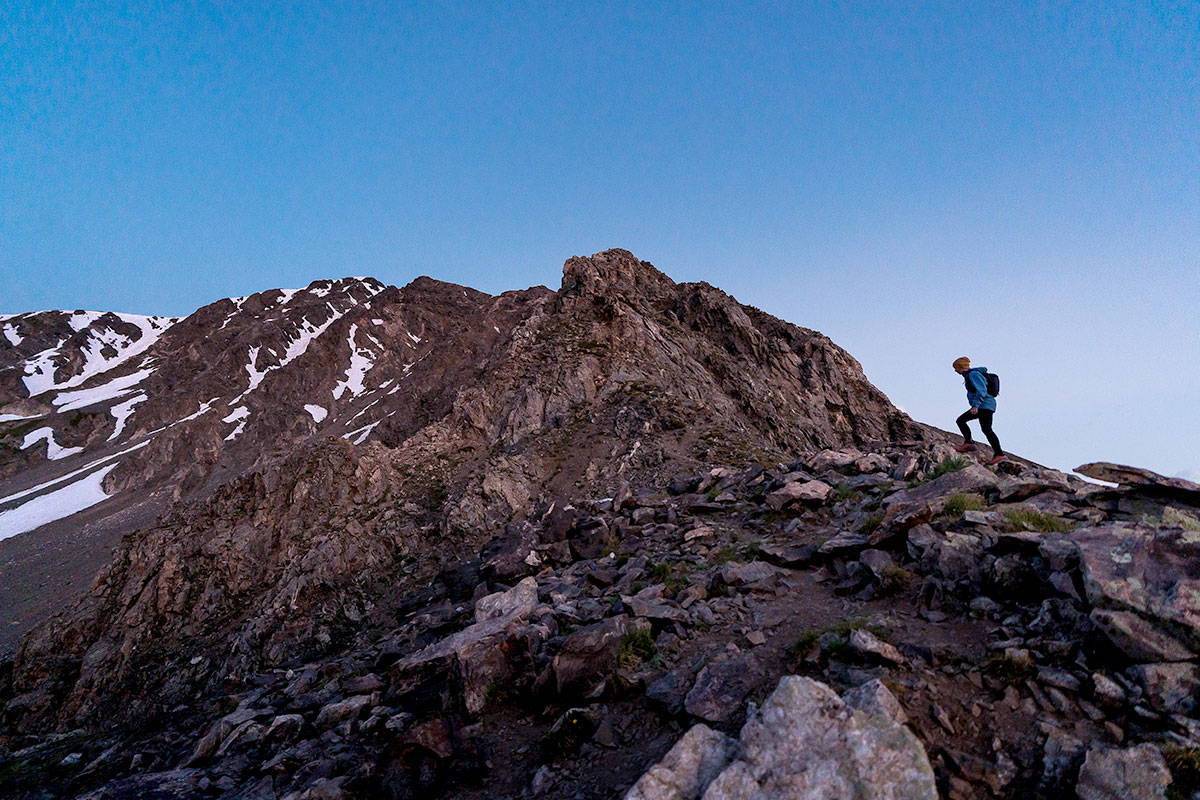Colorado Hiking Gear Guide

May 12, 2023
Welcome to Colorful Colorado! With so many opportunities for outdoor adventures, it can be easy to get overwhelmed with all the possibilities. Choosing the right gear can help to ensure that your adventures are a positive experience & you don’t have to stop early due to being underprepared. So, we included some basic layering principals, plus a layering guide based on the temperature range. We hope that it helps you to feel prepared & stoked for your next adventure! If you have any additional questions please send us an email at support@himali.com. We love to chat gear!
Colorado summers can get quite warm, but the temperature can vary significantly depending on the altitude and time of day. Therefore, it's important to dress in layers so that you can easily adjust your clothing as needed. Here are some suggestions:
1. Start with a lightweight, moisture-wicking base layer that will keep you cool and dry. Synthetic fabrics like polyester or nylon are ideal because they wick sweat away from your skin, which will help you feel cooler.
2. Choose a comfortable, breathable shirt that will protect you from the sun. Long-sleeved shirts are preferable to short-sleeved shirts because they offer more coverage, but make sure the fabric is breathable and lightweight.
3. Wear shorts or lightweight pants that will keep you comfortable in the heat. If you're worried about bugs or scratches from the terrain, choose lightweight hiking pants.
4. Wear a hat that provides shade for your face and neck.
5. Wear sunglasses that protect your eyes from the sun's harmful UV rays.
6. Bring a lightweight rain jacket or windbreaker, just in case the weather turns cool or rainy.
7. Wear comfortable, supportive shoes that are appropriate for the terrain you'll be hiking on. Trail runners or hiking shoes are a good choice for most hikes.
8. Bring a small backpack to carry water, snacks, sunscreen, and other essentials. Make sure the backpack is lightweight and has comfortable straps that won't dig into your shoulders.
Overall, the key is to dress in lightweight, breathable fabrics that will keep you cool and comfortable on your hike. And don't forget to bring plenty of water and snacks to keep you fueled up for your adventure!

Here is a general guide to layering for hiking based on the temperature:
Warm Weather (70-90°F / 21-32°C):
- Base layer: Lightweight, moisture-wicking t-shirt or tank top.
- Mid-layer: Optional depending on the temperature, but a lightweight long-sleeve shirt can protect you from the sun and bugs.
- Outer layer: Shorts or lightweight pants, and a lightweight sun hat to protect your face and neck.
Mild Weather (50-70°F / 10-21°C):
- Base layer: Lightweight, moisture-wicking long-sleeve shirt or a t-shirt with a lightweight long-sleeve shirt over it.
- Mid-layer: Fleece or synthetic insulation for warmth.
- Outer layer: Hiking pants or shorts, and a lightweight sun hat to protect your face and neck.
Cool Weather (30-50°F / -1-10°C):
- Base layer: Lightweight, moisture-wicking long-sleeve shirt or a t-shirt with a lightweight long-sleeve shirt over it.
- Mid-layer: Fleece or synthetic insulation for warmth.
- Outer layer: Hiking pants, light gloves, and a warm hat or beanie.
Cold Weather (below 30°F / -1°C):
- Base layer: Thermal or merino wool long-sleeve shirt and thermal leggings.
- Mid-layer: Fleece plus a synthetic or down insulation layer for warmth.
- Outer layer: Waterproof and breathable hiking pants and jacket, warm hat or beanie, insulated gloves, and insulated hiking boots.
Remember, the weather can change quickly on the trail, so it's always a good idea to bring extra layers and gear with you, especially if you're hiking in mountainous terrain where the weather can be unpredictable. Make sure to also bring a rain jacket (afternoon thunderstorms are a common occurrence in the summer!) and plenty of water and snacks to keep you fueled and hydrated throughout your hike.


